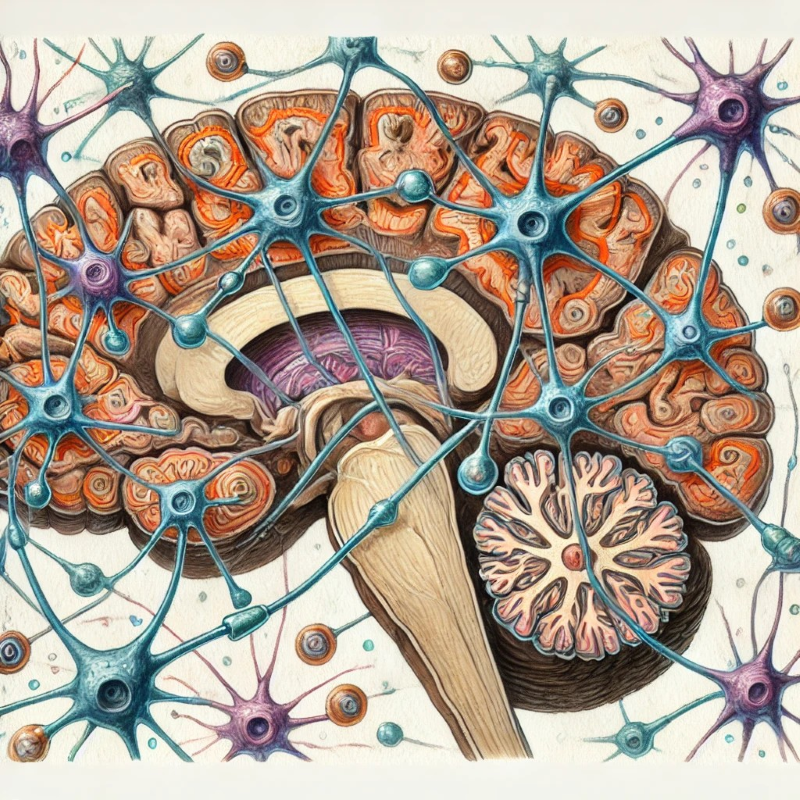Unraveling Parkinson’s: The Pivotal Role of Dopamine

In the quest to understand Parkinson’s disease (PD), the role of dopamine—a key neurotransmitter in the brain—cannot be overstated. Recent breakthroughs, spearheaded by leading researchers like Rui Costa, offer profound insights into the dual roles of dopamine neurons in movement and cognitive function. These findings could revolutionize treatment strategies for Parkinson’s and related neurological conditions.
The Dual Roles of Dopamine Neurons
Dopamine is traditionally associated with pleasure and reward, but its role extends much further, impacting mood regulation, sleep, digestion, motor, and cognitive functions. A recent study led by Rui Costa has delved into the specific functions of dopamine neurons in the striatum, revealing their critical impact on controlling various brain functions.
These neurons, which constitute only a small fraction of the striatal dopamine neurons, play a crucial role in balancing reward, cognition, and movement. This balance is vital for normal physiological functioning and for the prevention of disorders ranging from Parkinson’s to schizophrenia and ADHD.
Genetic Insights into Dopamine Functions
Utilizing innovative genetic tools, researchers have been able to target these specific dopamine receptors, uncovering unique cellular characteristics and their essential roles in maintaining the balance of forebrain functions. This not only sheds light on their crucial balancing act between activating and inhibiting pathways but also opens up potential new treatments that could specifically modulate these pathways.
Implications for Parkinson’s Disease
In Parkinson’s disease, the loss of dopamine-producing neurons in the substantia nigra leads to well-known motor symptoms such as tremors and rigidity. However, the recent study expands our understanding, showing that dopamine neurons are also intricately involved in controlling the length and lateralization of movement. This side-specific effect enhances movements on the opposite side of the body where the neurons are active, a finding that could lead to targeted therapies that restore specific motor functions in Parkinson’s patients.
Towards Targeted Therapeutic Strategies
The nuanced understanding of dopamine’s roles suggests that treatment for Parkinson’s could become more personalized. By targeting the specific types of dopamine neurons affected—whether they are more linked to movement or reward—therapies could potentially be tailored to individual needs, enhancing their effectiveness and improving patients’ quality of life.
Conclusion
The ongoing research into dopamine’s roles in the brain is more than just academic—it has tangible implications for the millions suffering from Parkinson’s and other dopamine-related disorders. As we uncover more about these critical pathways, the hope is that new, more effective treatments will soon follow, offering relief and improved outcomes for patients.
Parkinson’s disease, dopamine neurons, neurodegenerative disorders, motor functions, cognitive functions, targeted therapies, genetic research, Rui Costa, Parkinson’s treatment, neuroscience breakthroughs.
AI-generated medical content is not a substitute for professional medical advice or diagnosis; I hope you found this blog post informative and interesting. www.parkiesunite.com by Parkie.